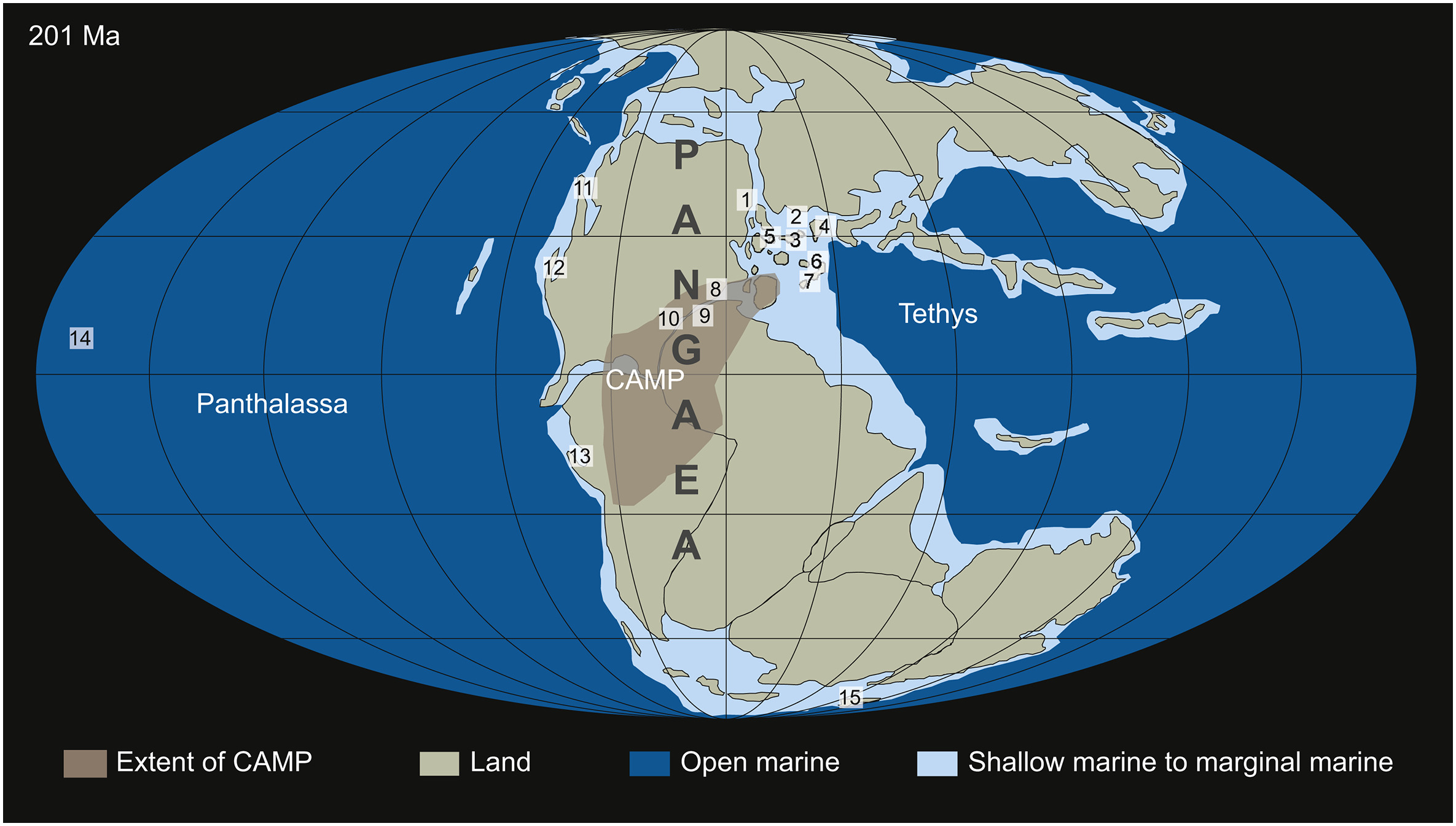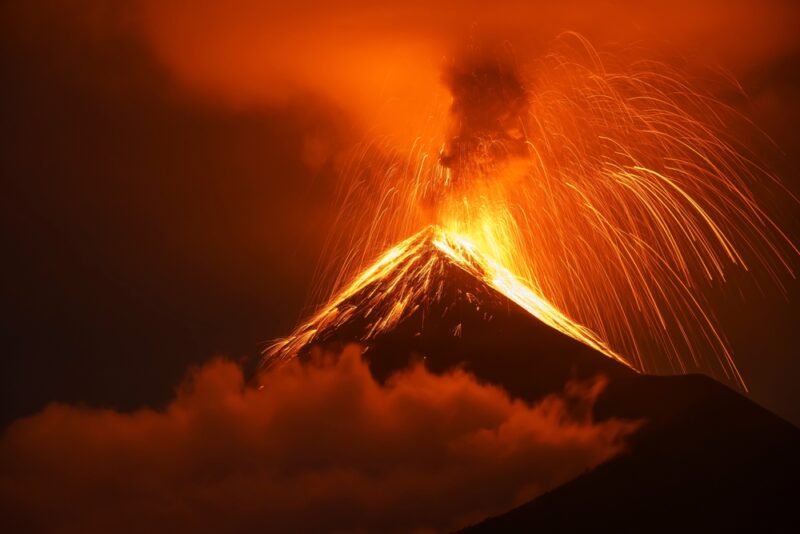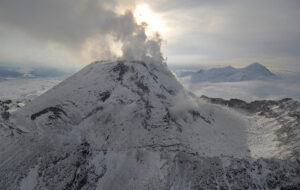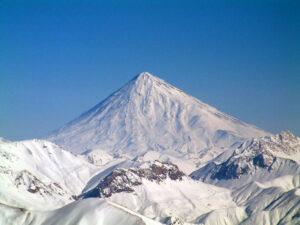Around 201 million years ago, a mass extinction wiped out 75% of the species on Earth. This was not the asteroid that caused the extinction of the dinosaurs but an earlier event that ultimately led to their rise. Scientists have long believed that sudden global warming caused the catastrophe. New research suggests the opposite: Icy temperatures were to blame.
The so-called End Triassic Extinction marks the end of the Triassic and the beginning of the Jurassic period. Exactly how the extinction occurred has been a mystery. Until now, the most popular theory was that volcanic eruptions triggered the splitting of Pangea and started the decline of existing species. The eruptions, so the theory went, sent plumes of ash into the air, and lava gushed from volcanoes for 600,000 years. Carbon dioxide flooded into the atmosphere, causing extreme warming.
A new study suggests the complete opposite occurred. The eruptions only lasted a few decades, not hundreds of thousands of years. That is simply not long enough for carbon dioxide to build up and affect the climate.
“It takes a long time for carbon dioxide to build up and heat things, but the effect of sulfates is pretty much instant,” said Dennis Kent, the study’s lead author. “These events happened in the span of a lifetime.”
Sulfates were the culprits
Kent and his team suggest that sulfates, not carbon dioxide, caused the mass extinction. Rather than trapping heat like carbon dioxide, the sulfates reflect sunlight into space, cooling the planet dramatically. Volcanic winters lasted for years, creating such cold conditions that few species survived.

The CAMP region during the time of Pangea. Image: Lindstrom et al., 2021
Huge eruptions in the Central Atlantic Magmatic Province (CAMP) area accompanied Pangea’s breakup. The main evidence that Pangea’s breakup and huge eruptions coincided with mass extinctions comes from Triassic fossils beneath the solidified lava.
In 2013, Kent was part of a team studying the Earth’s magnetic field. Our magnetic field shifts constantly. The sediments below the lava from the initial CAMP eruptions show consistent polarity reversal across North America, Europe, and North Africa. Everyone has assumed these eruptions occurred gradually over hundreds of thousands of years. Again, the new study suggests that instead, the eruptions were condensed into a few years.
Analysis of magnetic particles in lava deposits from Morocco, Nova Scotia, and New Jersey shows that all the particles are aligned. During a long polarity reversal, they tend to drift. Here, the particles indicate that the first five CAMP eruptions each lasted less than 100 years. They were huge, concentrated pulses that in all, lasted just 40,000 years.
The short but powerful eruptions caused sulfates to gush into the atmosphere and turned Earth into an icebox that killed almost everything. When the climate improved, the dinosaurs entered a thinned-out living world that was largely open to them.






